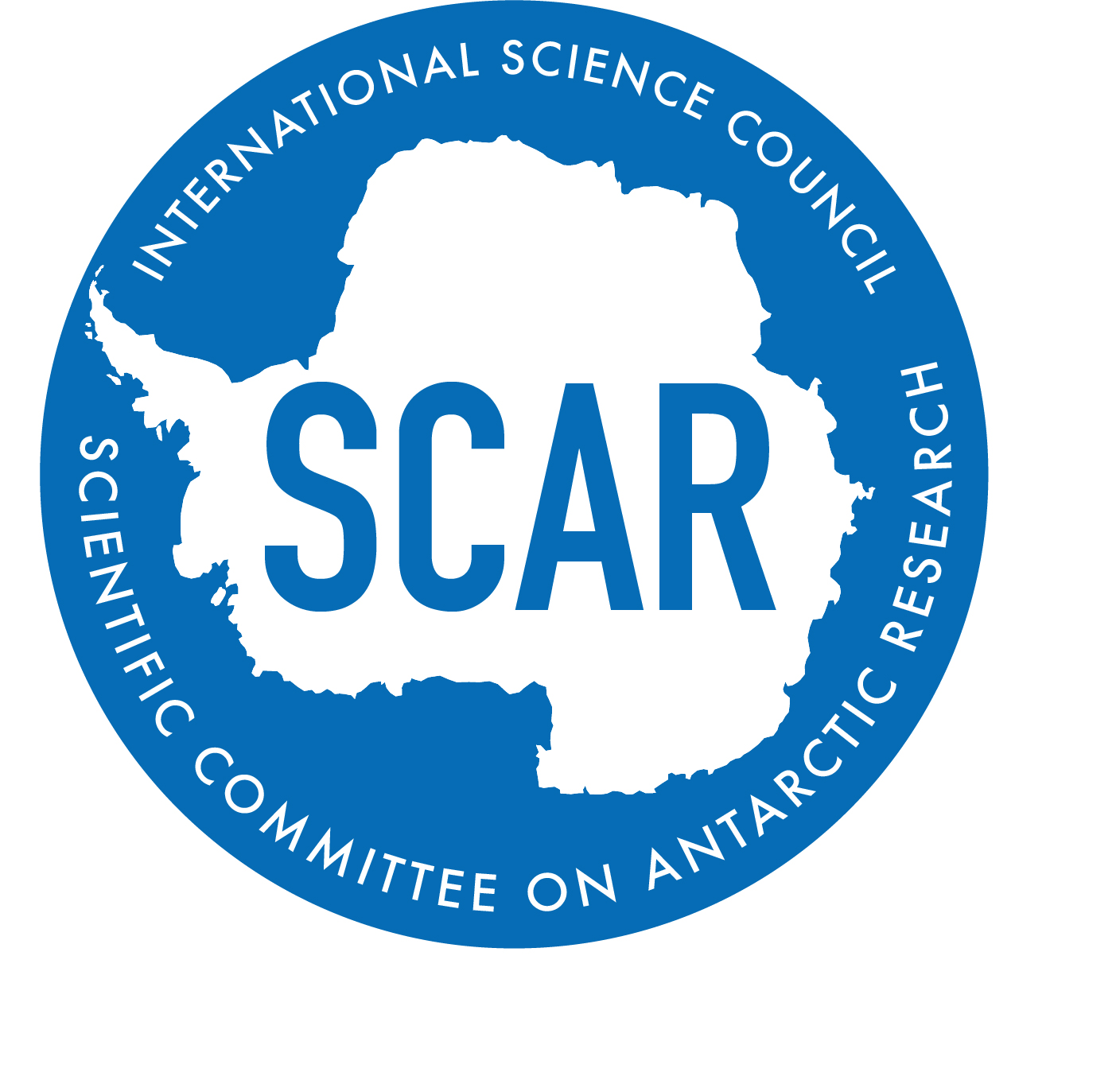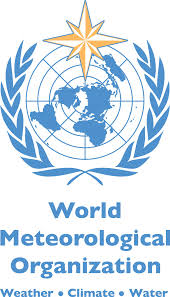 Operational GSN stations with missing CLIMAT messages in
the last 12 months (2023 March to 2024 February, updated 2024
April) are: 89004 (2023 June, July, 2024 January), 89009 (2023
November),
89262 (2023 June, July, August, November), 89266 (2023 November),
89272 (2023 November), 89512 (2023 March, April, May,
June, July, August, September, October), 89573 (2023
March, April, August, December, 2024 January, February),
89577 (2023 March, April, May, June, July, August, September,
October, November, December, 2024 January, February), 89662 (2023 April, June, August),
89828 (2023 December) and 89879 (2023 June, July,
August). Non operational GSN stations are: 68992 and 89327.
Please check
our GCOS AntON CLIMAT and SYNOP monitoring if your station is listed here
and resend the data for the missing month(s). See
the latest CLIMATs
to check if your report has been received at BAS. See
CLIMAT data for Antarctic AWS
for all the University of Wisconsin AWS. Operational GSN stations with missing CLIMAT messages in
the last 12 months (2023 March to 2024 February, updated 2024
April) are: 89004 (2023 June, July, 2024 January), 89009 (2023
November),
89262 (2023 June, July, August, November), 89266 (2023 November),
89272 (2023 November), 89512 (2023 March, April, May,
June, July, August, September, October), 89573 (2023
March, April, August, December, 2024 January, February),
89577 (2023 March, April, May, June, July, August, September,
October, November, December, 2024 January, February), 89662 (2023 April, June, August),
89828 (2023 December) and 89879 (2023 June, July,
August). Non operational GSN stations are: 68992 and 89327.
Please check
our GCOS AntON CLIMAT and SYNOP monitoring if your station is listed here
and resend the data for the missing month(s). See
the latest CLIMATs
to check if your report has been received at BAS. See
CLIMAT data for Antarctic AWS
for all the University of Wisconsin AWS. |
 The first five stations to submit CLIMAT reports for 2024
March were Neumayer, Bellingshausen, Progress, Mirnyj and Vostok. The first five stations to submit CLIMAT reports for 2024
March were Neumayer, Bellingshausen, Progress, Mirnyj and Vostok.
 WMO no longer require distribution of the CLIMAT TEMP message and
monitoring of these has ceased. See the TEMP monitoring below for
performance. WMO no longer require distribution of the CLIMAT TEMP message and
monitoring of these has ceased. See the TEMP monitoring below for
performance.
|
Climate monitoring
- Antarctic CLIMAT monitoring in 2024 (automated)
- Antarctic CLIMAT monitoring in 2023 (automated)
- AntON CLIMAT monitoring in 2022 (automated)
- AntON CLIMAT monitoring in 2021 (automated)
- AntON CLIMAT monitoring in 2020 (automated)
- AntON CLIMAT monitoring in 2019 (automated)
- AntON CLIMAT monitoring in 2018 (automated)
- AntON CLIMAT monitoring in 2017 (automated)
- AntON CLIMAT monitoring in 2016 (automated)
- AntON CLIMAT monitoring in 2015
(manual) / 2015 (automated)
- AntON CLIMAT monitoring in 2014
- AntON CLIMAT monitoring in 2013
- AntON CLIMAT monitoring in 2012
- AntON CLIMAT monitoring in 2011
- ABCN CLIMAT monitoring in 2010
- ABCN CLIMAT monitoring in 2009
- ABCN CLIMAT monitoring in 2008
- ABCN CLIMAT monitoring in 2007
- ABCN CLIMAT monitoring in 2006
|
If the SYNOP or TEMP message
percentage given here is lower than you think it should be, please check your GTS
routing. Prior to 2015, TEMP monitoring is included with the SYNOP
reports.
- Antarctic SYNOP monitoring in 2024
(automated),
- Antarctic SYNOP monitoring in 2023
(automated),
- AntON SYNOP monitoring in 2022
(automated),
- AntON SYNOP monitoring in 2021
(automated),
- AntON SYNOP monitoring in 2020
(automated),
- AntON SYNOP monitoring in 2019
(automated),
- AntON SYNOP monitoring in 2018
(automated),
- AntON SYNOP monitoring in 2017
(automated),
- AntON SYNOP monitoring in 2016
(automated),
- AntON SYNOP monitoring in 2015
(manual) / 2015 (automated)
- AntON SYNOP monitoring in 2014
- AntON SYNOP monitoring in 2013
- AntON SYNOP monitoring in 2012
- AntON SYNOP monitoring in 2011
- ABCN SYNOP monitoring in 2010
- Antarctic TEMP monitoring 2024 (automated)
- Antarctic TEMP monitoring 2023 (automated)
- AntON TEMP monitoring 2022 (automated)
- AntON TEMP monitoring 2021 (automated)
- AntON TEMP monitoring 2020 (automated)
- AntON TEMP monitoring 2019 (automated)
- AntON TEMP monitoring 2018 (automated)
- AntON TEMP monitoring 2017 (automated)
- AntON TEMP monitoring 2016 (automated)
- AntON TEMP monitoring 2015 (automated)
|






Ships
The graph shows the number of ships reporting and not reporting each year since
2005 [Last updated 2020 March]. There has been a slight increase in the number reporting
and a large increase in the number not making reports.